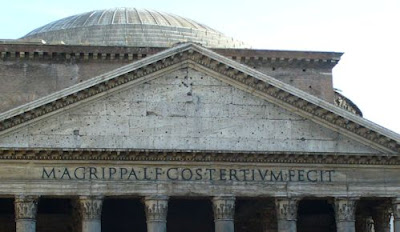Some Tips for Travel in Italy
Driving. Can I drive a car in Italy with my American driver’s license and passport? No, you need an international driving permit. There is no reciprocity agreement. You can get one easily from any AAA office or apply online.Be aware of pickpockets. Use a money belt when walking around. Leave expensive jewelry at home and use common sense. Often the thieves work in small groups, men and women, on buses and on subway and trains stations. In particular, in Rome, they target the lines that connect the Termini Station to the Vatican. They wait for the moment when the subway arrives, open the door and while one is pushing you the other tries to get your wallet. I knew about it reading articles and speaking with people when I was growing up in Italy. Later after leaving in the USA and coming back to Italy on vacation, my wife and I were targeted at subway stations, first by gypsy and then by a group of South Americans. Of course, other Italians can be responsible as well. During the push and shoving, they were able to open partially the money belt, but could not get the wallet.
Tipping. At a bar, a tip of 10-20 cents for the bartender is normally given at the counter when you buy an espresso, cappuccino or ice cream. Otherwise not usually.
Should I tip in Italy for taxis?
No, there is no need and is not usually done.
At hotels, leave the housekeeper about one euro per day.
Deciphering the bill at a restaurant
Servizio: A charge
that might pop up is the servizio incluso. The fact that it will be added
should be clearly stated on the menu. The
servizio is a tip, so if you have been charged this fee there is no need to
leave anything more.
Coperto: There is
sometimes a charge called a coperto and may range from 1-3 euro per
person. A coperto is not a tip, it is a cover charge to offset the price of
bread, oil, salt, and anything else you might be using.
Pane: sometimes
if there is not a coperto, you may pay 1 to 1.50 per person for bread (written
on the bill as pane in Italian). You can try to send the bread back if
you really don’t want to pay this, but the bread is good and is not really too
much to charge. Don’t you think?
Tip as much or as little as you like: So how much should
you tip when there is no servizio? Well, then, it is your decision and in general
is in the range of 1-2 euro per person. Certainly
not the 15- 20% that we give in the US – Of course if the service was
terrible? Forget it.





